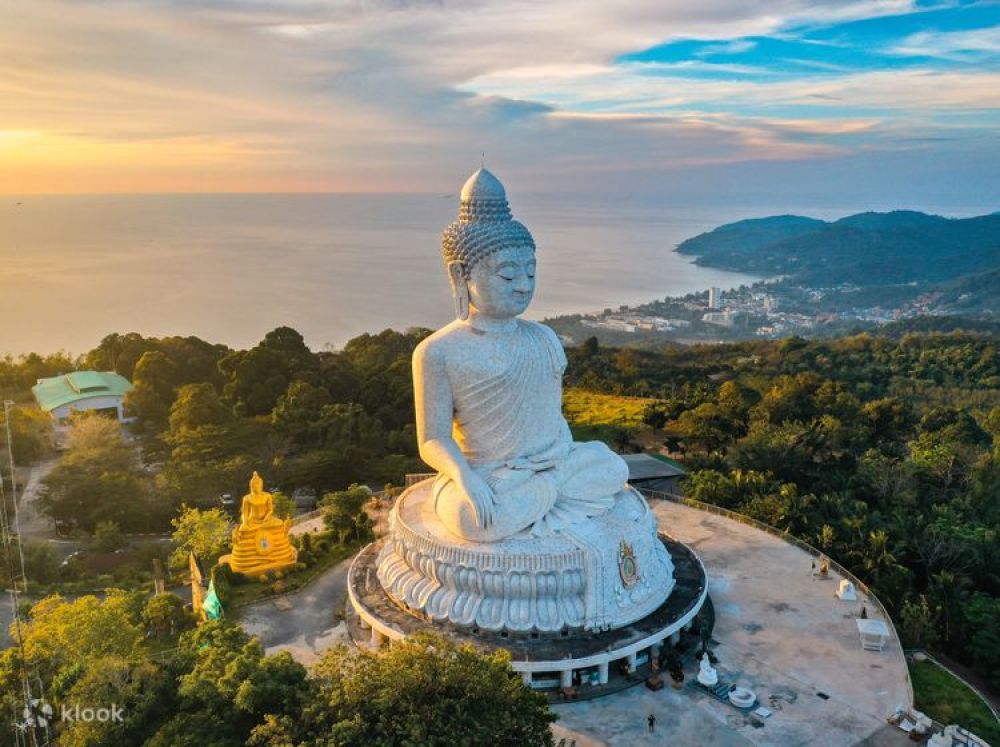

The majestic Big Buddha of Phuket is one of Thailand's most revered and iconic landmarks. Sitting atop the Nakkerd Hills between Chalong and Kata, the image of the Big Buddha has graced countless postcards and travel brochures since its construction began in 2004.
The history of the Big Buddha statue is comparatively modern compared to other historical sites in Thailand. Its construction was spurred by a desire to create a Buddhist monument that could be a source of inspiration and peace. The Big Buddha is 45 meters tall and is visible from much of the southern part of the island. It is composed of concrete and covered with beautiful Burmese white jade marble that shines in the sun, making it a beacon of tranquility.
Since the Big Buddha project's inception, it has played a pivotal role in boosting tourism in Phuket. Visitors from all around the world flock to this spiritual site for prayer, meditation, or simply to enjoy the panoramic views of Phuket. As the landmark is relatively new, its impact coincides with the broader surge in Thailand's tourism industry in the 21st century.
When tourists visit the Big Buddha, they not only experience the serenity of the statue itself but also the surrounding cultural elements. The site offers an insight into Thai spirituality and the local Buddhist practices. The sound of dharma music and small bells, alongside the sight of monks going about their daily rituals, provides an immersive cultural experience.
In recent times, the popularity of eco-tourism and cultural experiences has seen a rise, which blends perfectly with visits to the Big Buddha. With increased global emphasis on sustainable travel, tourists are seeking experiences that are both enriching and environmentally conscious. The Big Buddha, as a spiritual sanctuary, invites a more reflective and respectful form of tourism.
Additionally, the trend of integrating wellness into travel has seen visitors incorporating visits to the Big Buddha into a wider itinerary focused on rejuvenation, meditation retreats, and yoga sessions capitalized by Phuket's wellness resorts.
As Thailand embraces digital technology, online platforms and social media have also begun to play a significant role in promoting the Big Buddha. Virtual tours and online galleries provide a glimpse of this magnificent structure to those unable to visit in person.
With its growing popularity, the site's preservation has become an essential task for the local community and government. Efforts are ongoing to ensure that the Big Buddha and its surrounding areas remain pristine for future generations. With this in mind, the future of tourism at the Big Buddha looks to be as bright as the white marble that adorns its surface.
In conclusion, the Big Buddha of Phuket stands not just as a physical monument but also as a symbol of the ever-evolving tourism industry in Thailand. It highlights the interplay between cultural heritage, modern tourism trends, and the constant effort to maintain the sustainability and sanctity of tourist destinations.